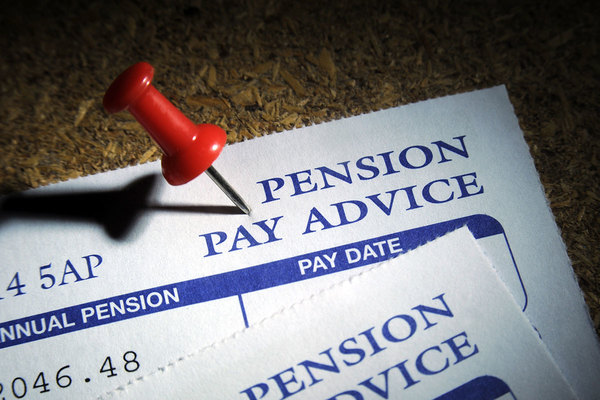You are viewing 1 of your 1 free articles
Thousands of housing workers moved to less generous pension schemes
Thousands of housing workers have been moved to less generous pension schemes following the increase in the deficit of the sector’s multi-employer pension scheme, Inside Housing can reveal.
According to estimates based on a client survey by First Actuarial, there will be less than 7,000 housing workers in the defined benefit sections of the Social Housing Pension Scheme (SHPS) by the end of the year.
This would be a reduction of more than 3,000 from September last year, when SHPS data showed that there were 10,025 employees with defined benefits, a type of pension which pays a guaranteed amount on retirement.
The multi-employer scheme has been growing more expensive for housing association members for years, with the most recent revaluation seeing the deficit rise to £1.5bn, up from £1.3bn in 2014.
This means that housing associations which are members of the scheme will have to increase their contributions by 50% to pay it off.
Those that have been hardest hit are the employers with staff on defined benefits schemes, as the cost of those future benefits will rise by 30%.
When Inside Housing revealed the increase last year, pensions experts said that many housing associations would seek to avoid the increased costs by moving employees from defined benefit pensions to defined contributions, which are calculated based on the amount paid in and are therefore less generous.
First Actuarial’s data shows that this has now happened, with the increasing deficit leading to nearly a 60% reduction in five years.
Neal Thompson, a partner in First Actuarial’s housing team, said: “Despite this fall in numbers, we believe that there is appetite in the sector for pension scheme designs which do not put all the risks on employees (as is the case with individual defined contribution provision).
“It remains to be seen if SHPS will embrace any of the new ideas for risk-sharing pension scheme designs.”
Anne Waterhouse, deputy chief executive at A2Dominion, revealed that the 38,000-home social landlord is one of those to have made the change.
She told Inside Housing: “We’ve made the really tough decision to close the scheme for future accrual. We made that and went through pension consultation over the winter period.”
As Inside Housing reported last month, large Hampshire housing association Vivid has also closed its defined benefit SHPS scheme, although it said fewer than 50 employees were on that scheme.
How will this affect me?
If you’re a social housing worker on a defined benefit pension within the Social Housing Pension Scheme, it’s as likely as not that your employer is one of those which will seek to move to defined contributions.
According to Chris Mapp, head of social housing at XPS Pension Group, it is almost certain that this will result in the housing association paying less into your pension, whether this means there is an overall fall in the total contribution or just a rise in the percentage paid by you.
But the main difference, Mr Mapp says, is that where with a defined benefit pension, the risk falls on the employer, with defined contribution, the employee bears the risk.
With a defined benefit pension, an employer guarantees the amount that will be paid out at the end. If the investments made by the pension scheme fail to deliver that amount because of a downturn in the market or something else, the employer makes up that shortfall.
With a defined contribution pension, however, no specific pay-out is guaranteed. Instead, the only thing that is fixed is the amount the employer contributes to it. Therefore, the employee is the one subject to the vagaries of private investments.












